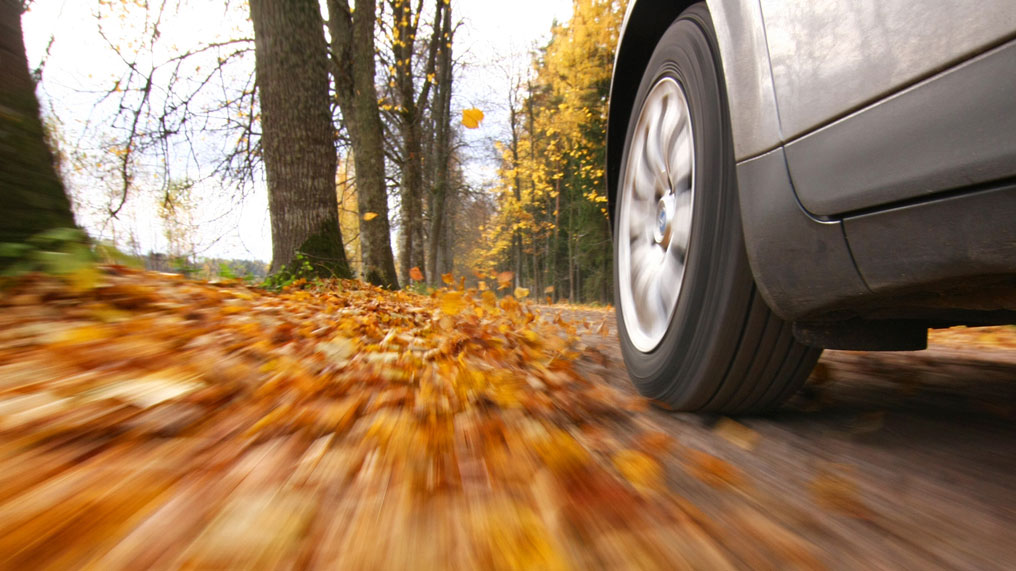There can be few things more satisfying than washing a car.
It restores that good-as-new look to your motor, helps protect the paintwork from wear and tear, is a spot of healthy physical exercise and can even help increase the value of your car.
But to do it properly, there's much more to it than a bucket, an old rag and a fine day.
Only mad dogs and Englishmen wash cars in the midday sun
It's not a good idea to wash a car on a hot day in bright sunshine. Every time you wet the car, the water will dry off quickly, leaving a streaky mess that you'll have to soak again to clean off. So, try to position it in a shaded area, and ideally, the car's bodywork should be cool to the touch before you start.
Choose the best car shampoo
Household products such as washing-up liquid and kitchen cleaner should never be used to clean a car. The chemicals and salts they contain are designed to shift grease and stubborn food stains. They will strip paintwork's wax protection and encourage rust.
Start with a rinse
During use, a car's paintwork will get covered with microscopic pieces of dirt. Get busy with the sponge on these, and you'll simply rub them over the paintwork, causing tiny scratches. To prevent this happening, the first stage of the wash should be to rinse the body with a hose. This should be on a powerful setting but still gentle enough for you to put your hand in front of without the water stinging.
Household products such as washing-up liquid and kitchen cleaner should never be used to clean a car.
Wash from the wheels and sills up, and remember to blast away any accumulated dirt and debris beneath the wheel arches - it can encourage the panels to decay if left in place.
Two buckets, one sponge
For the wash, you'll need two buckets. The first should be full of warm water and shampoo. The second should be full of cold water. Charge the sponge with shampoo and give the car a wipe over. Then, rinse the sponge in the cold water before repeating the process. This helps clean the sponge or mitt of tiny bits of grit.
Tip: It's helpful if the buckets are different colours. The rinsing bucket will quickly get quite soapy and it's useful to be able to tell between it and the clean shampoo bucket.

The wash
Start from the roof and work down, doing one side at a time. Don't wring the sponge out when you remove it from the shampoo bucket; you want it nice and wet so the dirt will flow off the car. There will be some places you won't be able to get to with your sponge so try using a small soft brush for those spots.
Wheels
As the dirtiest part of the car, you should think of your wheels as a separate job. Use a different cloth for cleaning wheels because brake dust is acidic and can damage paintwork so you don't want to risk transferring it to the car's body. It's also worth using a soft brush for getting into nooks and crannies.
Make sure the wheels are cool before you start, and then work on one at a time. The easiest way to remove brake dust and other dirt is to use a specialist product.
The final rinse
You'll need to rinse off the shampoo. A top tip is to take the nozzle off the hosepipe so the water flows across the car's bodywork, taking all the residue from the shampoo with it.
Drying
If you don't bother drying the car you'll end up with marks on your paintwork caused by mineral deposits left by the evaporating water. The chamois leather used to be the drying cloth of choice. However, now you can buy microfibre drying towels for cars which make the job much easier.




